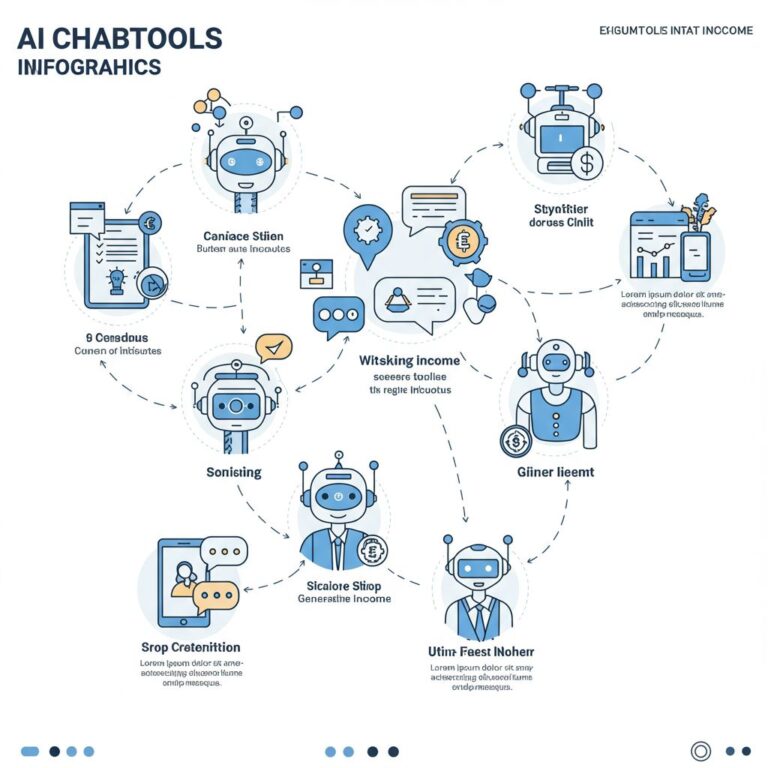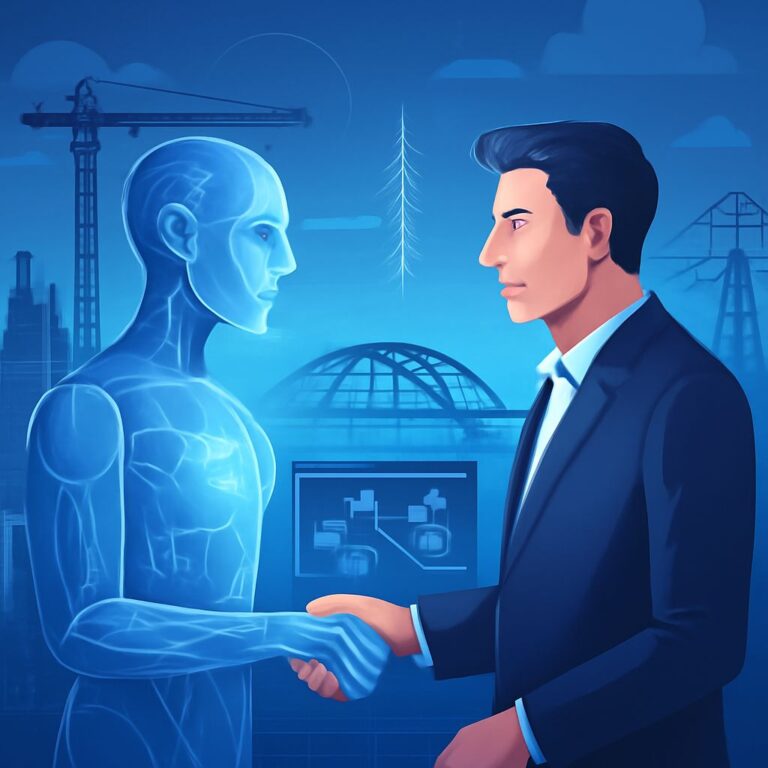In an era defined by rapid technological advancement, artificial intelligence (AI) has emerged as a transformative force across various sectors. From enhancing productivity to fostering creativity, AI tools are becoming indispensable allies for artists, writers, musicians, and content creators. This article explores how AI can boost your creative potential, the different types of AI tools available, and best practices for integrating them into your creative workflow.
Table of Contents
The Intersection of AI and Creativity
AI is not just about crunching numbers and automating tasks; it is also revolutionizing the way we create. By analyzing vast amounts of data, AI systems can generate new ideas, suggest innovative solutions, and even collaborate with humans in the creative process. The convergence of AI and creativity raises important questions, but it also opens a world of possibilities.
How AI Enhances Creativity
AI tools can enhance creativity in several ways:
- Idea Generation: AI can analyze patterns and trends, offering fresh ideas that users may not have considered.
- Content Creation: Tools can assist in writing, composing music, or generating visual art, allowing creators to focus on the bigger picture.
- Personalization: AI can tailor content to specific audiences, making creative works more engaging and relevant.
- Collaboration: AI can act as a collaborative partner, providing feedback and suggestions to refine creative output.
Popular AI Tools for Creative Professionals
There are numerous AI tools available that cater to different aspects of creativity. Here’s a breakdown of some of the most popular ones:
Writing and Content Creation
| Tool | Description | Use Case |
|---|---|---|
| Jasper | An AI writing assistant that helps generate high-quality content. | Blog posts, social media content, and marketing copy. |
| Grammarly | A grammar and style checker that uses AI to improve writing. | Proofreading and enhancing clarity in writing. |
| Copy.ai | Automatically generates marketing copy and product descriptions. | E-commerce and advertising. |
Design and Visual Arts
| Tool | Description | Use Case |
|---|---|---|
| DALL-E | Generates images from textual descriptions using advanced AI. | Art creation and concept visualization. |
| Canva | A design platform that incorporates AI for smart design suggestions. | Graphic design and marketing materials. |
| Artbreeder | An AI-based tool that allows users to create and modify images collaboratively. | Character and landscape design. |
Music and Audio
| Tool | Description | Use Case |
|---|---|---|
| AIVA | An AI composer that creates music in various genres. | Soundtracks and background music. |
| Amper Music | A platform to create and customize music using AI. | Video production and advertising. |
| Soundraw | A tool that allows creators to generate unique soundtracks. | Podcasts and multimedia projects. |
Best Practices for Using AI Tools
While AI tools offer tremendous potential, it is important to use them effectively. Here are some best practices to consider:
Define Your Creative Goals
Before integrating AI tools into your workflow, take time to define your objectives. Ask yourself:
- What do I want to achieve with my creative work?
- How can AI enhance or streamline this process?
- What specific tasks can I delegate to AI?
Experiment and Iterate
Don’t be afraid to experiment with different AI tools. Each tool has unique features, and finding the right one may require some trial and error:
- Explore various platforms to see which aligns best with your workflow.
- Iterate on your creative projects by incorporating AI suggestions and refining them over time.
Maintain a Human Touch
AI should enhance your creativity, not replace it. Always maintain a human touch in your work:
- Add personal insights and experiences to your projects.
- Use AI-generated content as a starting point rather than the final product.
The Future of AI in Creativity
The role of AI in creative domains is only set to grow. As technology evolves, we can expect:
- Greater collaboration between humans and AI, leading to innovative artistic forms.
- More sophisticated tools that can understand context and nuance in creative projects.
- Expanded accessibility of creative tools, empowering more individuals to express themselves creatively.
Conclusion
AI tools have the potential to unlock new levels of creativity, empowering creators across various disciplines. By understanding how to best utilize these tools and incorporating them into your workflow, you can enhance your creative process, generate unique ideas, and produce high-quality work. Embrace AI not as a replacement for human creativity, but as a collaborative partner that amplifies your artistic vision.
FAQ
What are AI tools for creativity?
AI tools for creativity are software applications that utilize artificial intelligence to assist users in generating creative content, including art, music, writing, and design.
How can AI tools enhance my creative process?
AI tools can enhance your creative process by providing inspiration, generating ideas, and automating repetitive tasks, allowing you to focus more on the creative aspects of your work.
Are AI creativity tools suitable for beginners?
Yes, many AI creativity tools are designed to be user-friendly, making them suitable for beginners looking to explore their creative potential.
Can AI replace human creativity?
While AI can assist and augment human creativity, it cannot fully replace the unique perspectives and emotional depth that human creators bring to their work.
What are some popular AI tools for artists and writers?
Popular AI tools for artists include DeepArt and Artbreeder, while writers often use tools like ChatGPT and Jasper for content generation and brainstorming.
How do I choose the right AI creativity tool for my needs?
To choose the right AI creativity tool, consider your specific creative goals, the type of content you want to create, and the features offered by different tools.








